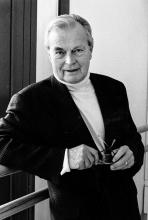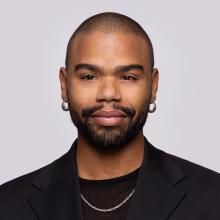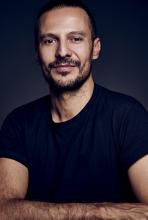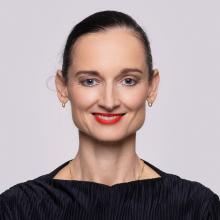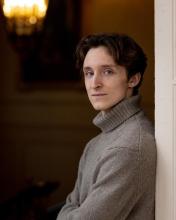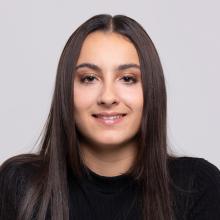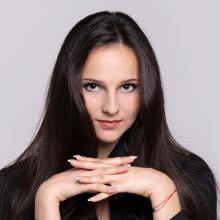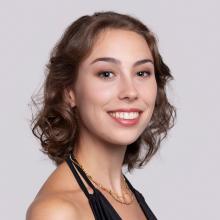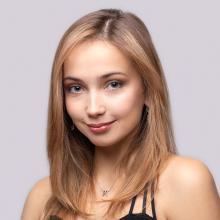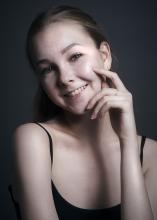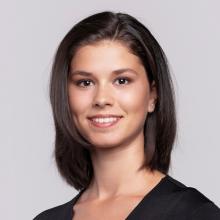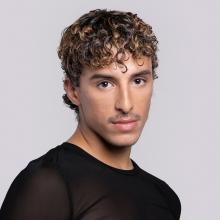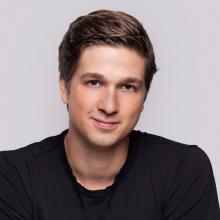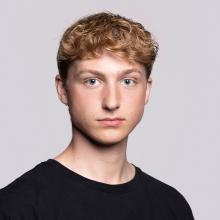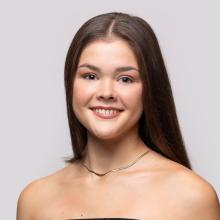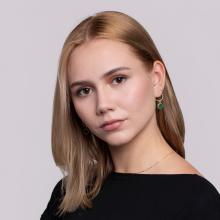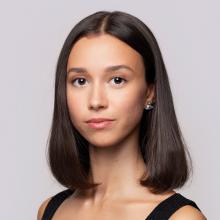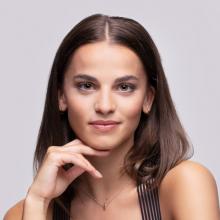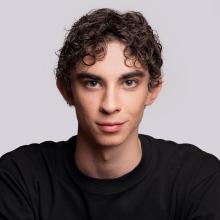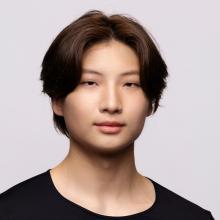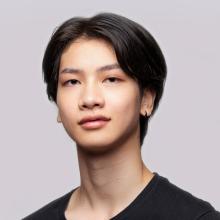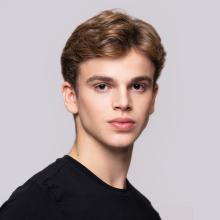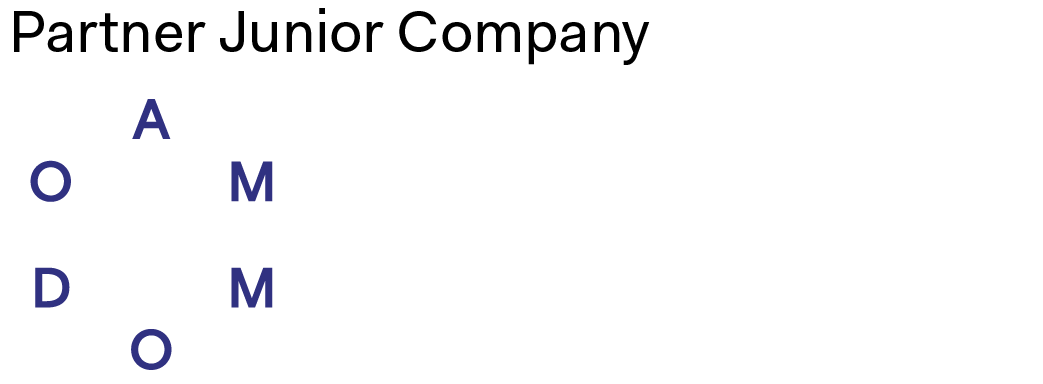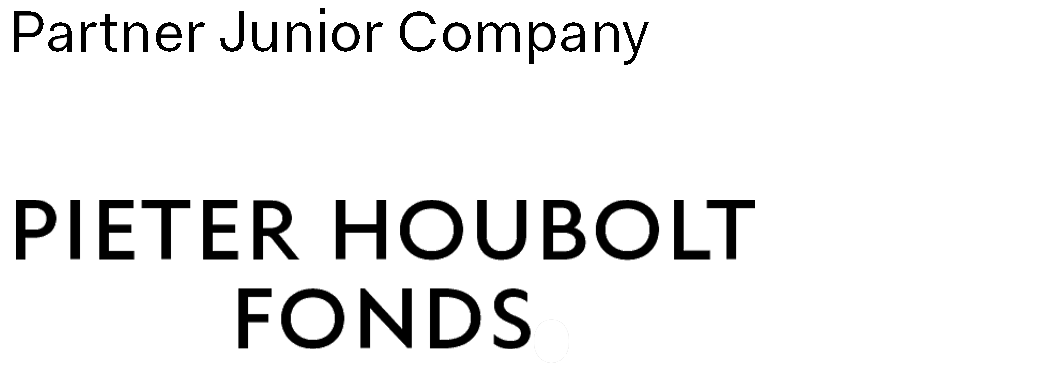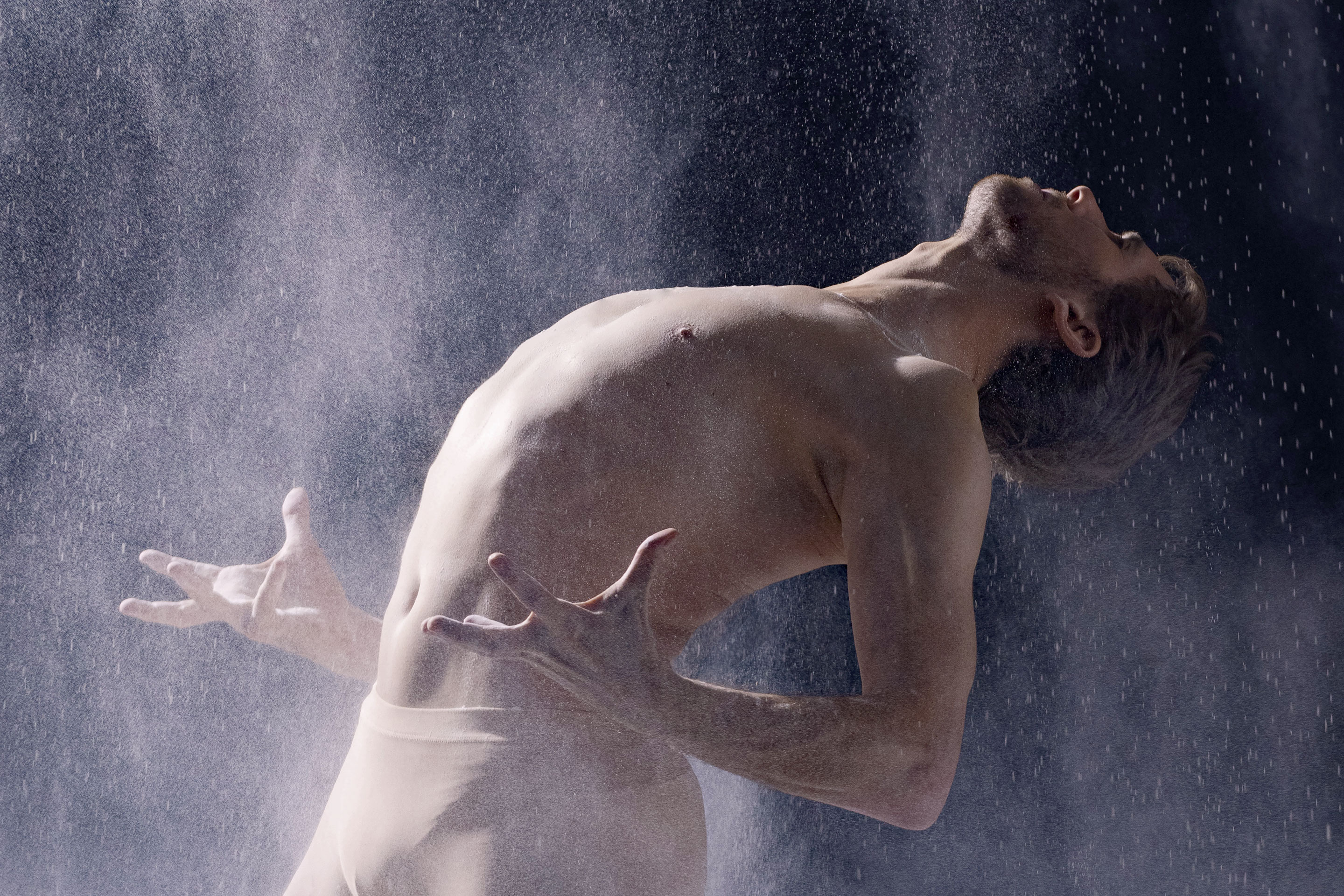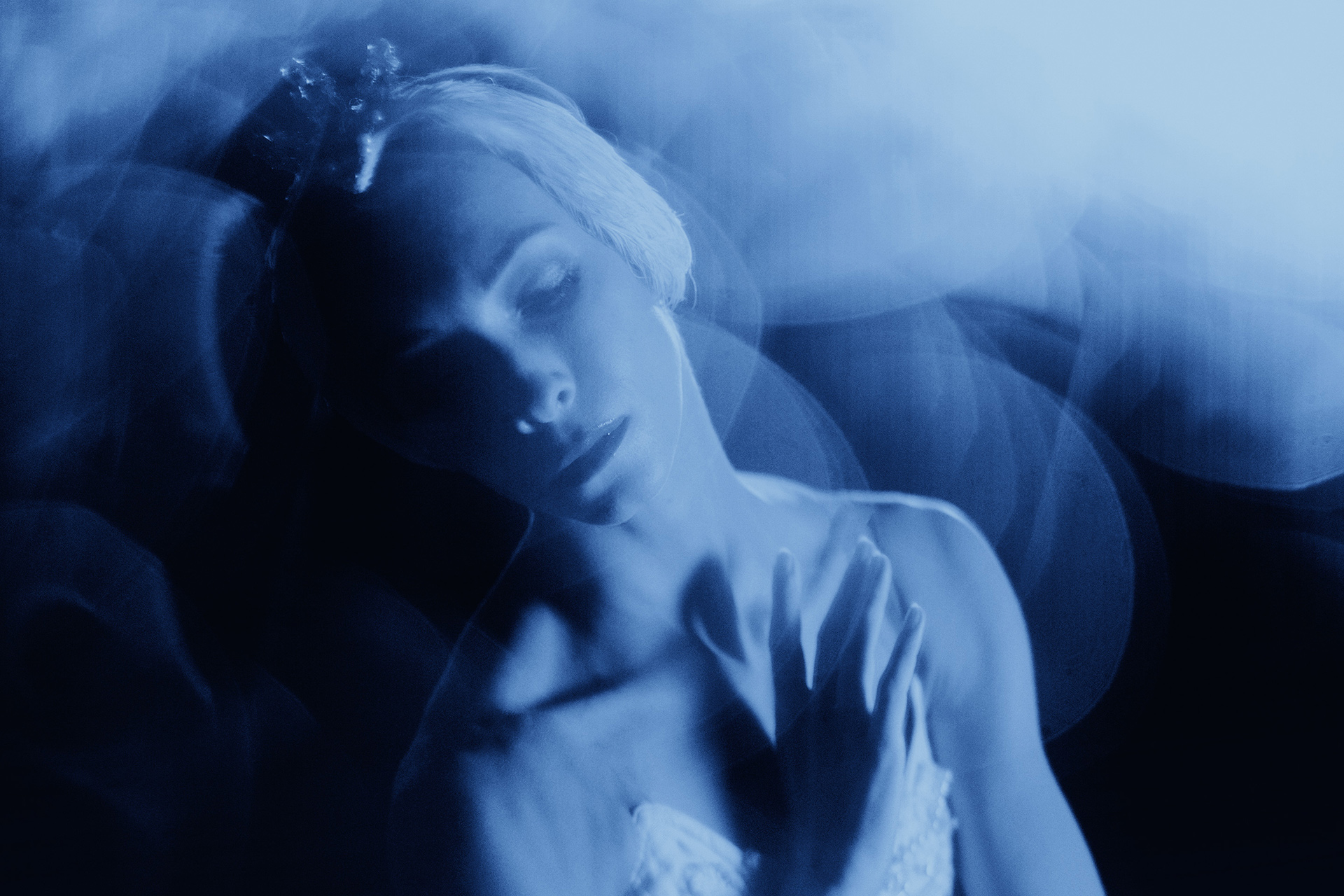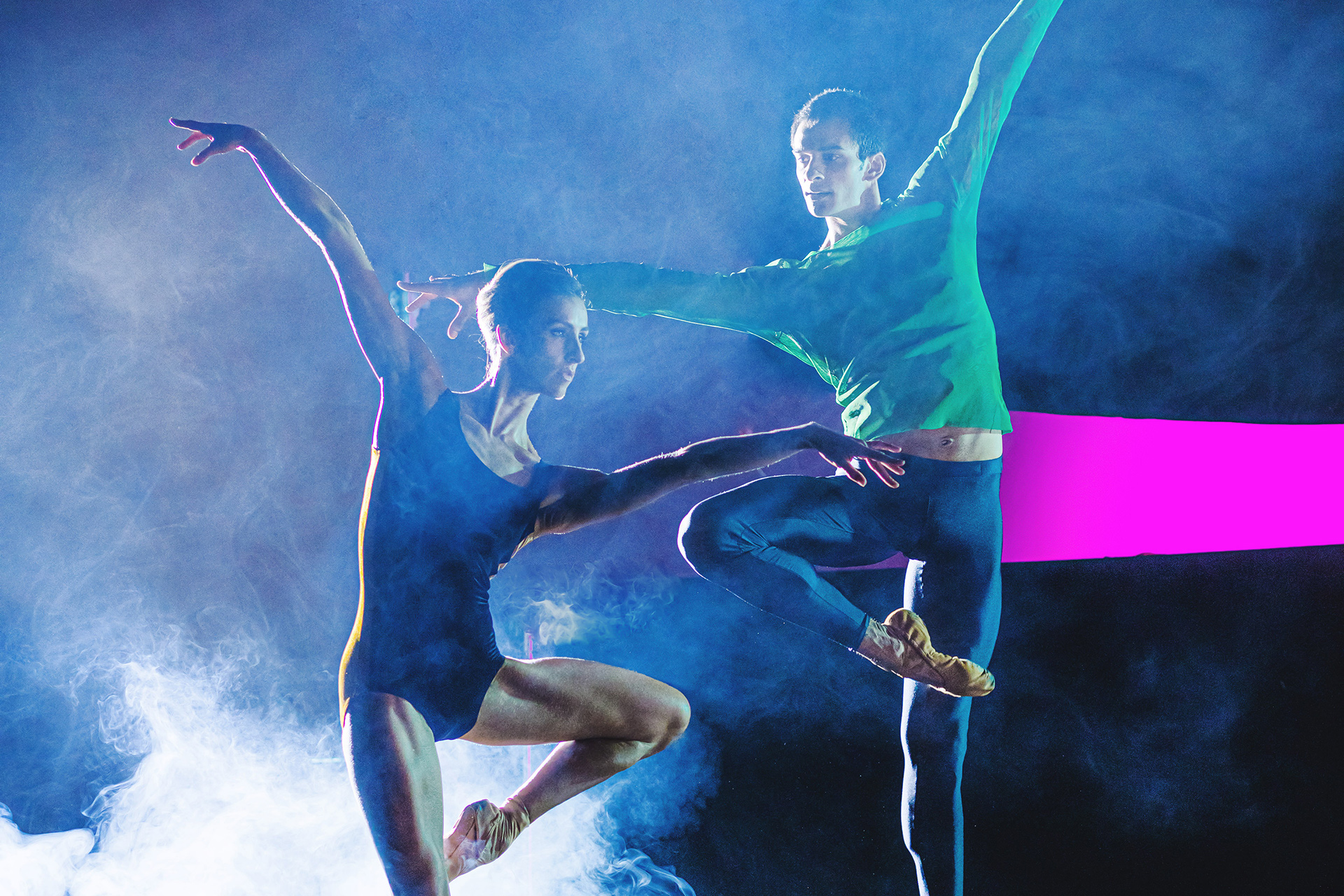Ballet Bubbles online programme
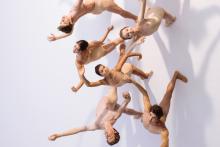
Performance information
voorstellingsinformatie
Performance information
The Sleeping Beauty (pas de quatre)
Choreography
Marius Petipa
Music
Pjotr Iljitsj Tsjaikovski - The Sleeping Beauty
Production and direction
Sir Peter Wright
Costume design
Philip Prowse, adapted by Oliver Haller
Lighting design
Jan Hofstra
Ballet master
Caroline Sayo Iura
World premiere
15 January 1890, Mariinsky Theatre, Saint Petersburg
Premiere Sir Peter Wright’s production at Dutch National Ballet
2 July 1981, Stadsschouwburg Amsterdam (now: Internationaal Theater Amsterdam)
Premiere Pas de quatre at Dutch National Ballet’s Junior Company
26 January 2023, Internationaal Theater Amsterdam
Duration
circa 10 minutes
Promise
Choreography
Sedrig Verwoert
Music
Floating Points, Pharoah Sanders and The London Symphony Orchestra - Promises, Movement 6
Costume design
Michelle Cantwell
Sedrig Verwoert
Martine Douma
Lighting design
Wijnand van der Horst
Assistant to the choreographer
Reina Trifunovic
Ballet master
Caroline Sayo Iura
World premiere at Dutch National Ballet’s Junior Company
26 January 2023, Internationaal Theater Amsterdam
Duration
circa 8 minutes
Blink
Choreography
Juanjo Arqués
Music
Max Richter – Spring from The Four Seasons, recomposition of Antonio Vivaldi’s The Four Seasons
Costume design
Oliver Haller
Lighting design
Wijnand van der Horst
Ballet master
Caroline Sayo Iura
World premiere at Dutch National Ballet’s Junior Company
6 February 2015, Stadsschouwburg Amsterdam (now: Internationaal Theater Amsterdam)
Duration
circa 10 minutes
nosotros
Concept and choreography
Wubkje Kuindersma
Music
Johan Ullén - recomposition of Bach’s Violin Concerto in E Major, BWV 1042: Adagio and Allegro assai*
Hildur Guðnadóttir - Minor C Variation, performed by pianist Víkingur Ólafsson*
Domenico Scarlatti - Sonata in B Minor, K. 87: Andante, performed by pianist Ivo Pogorelich
Costume design
Wubkje Kuindersma
Advisor costume design
Oliver Haller
Lighting design
Wijnand van der Horst in collaboration with Wubkje Kuindersma
Musical advice
Jan Pieter Koch
Ballet master
Caroline Sayo Iura
World premiere at Dutch National Ballet’s Junior Company
26 January 2023, Internationaal Theater Amsterdam
Duration
circa 17 minutes
* Music Published / Licensed by: © Gehrmans Musikförlag, Stockholm / Albersen Verhuur B.V., 's-Gravenhage
Remembrance
Choreography
Joshua Junker
Music
Hidden Orchestra - East London Street (Drums Only Version)
Balmorhea - Remembrance
Sound design
Bas Ibellini
Costume design
Oliver Haller
Lighting design
Wijnand van der Horst
Ballet master
Michele Jimenez
World premiere at Dutch National Ballet’s Junior Company
26 January 2023, Internationaal Theater Amsterdam
Duration
circa 15 minutes
Production manager
Nicky Cammaert
Stage manager
Kees Prince
Company manager Junior Company
Sterre Haverkamp
Assistant Junior Company
Samira Ouazine
First carpenters
Nina Pronk
Xander Ruijzing
Lighting managers
Brian Tjon Ajong
Juan de Ferrari Montoya
Sound engineer
Bert van Oudenaren
Costume production The Sleeping Beauty - Pas de quatre and nosotros
Costume department of Dutch National Ballet
Costume production Promise, Blink and Remembrance
Atelier Martine Douma
Assistant costume production
Eddie Grundy
First dressers
Sanne Kamp
Merel Kamp
Film
Ramy Tadrous
Introduction video
Mathieu Gremillet, thanks to Thomas van Damme
Transport
Fred Brinkhoff
Volunteer Junior Company
Henk Vrehen
Total duration
circa 1 hour and 40 minutes
Synopses
Follow the link below to read the synopses of The Sleeping Beauty (Pas de quatre), Promise, Blink, nosotros and Remembrance.
Synopses
The Sleeping Beauty (Pas de quatre)
The Sleeping Beauty, created by the French-Russian choreographer Marius Petipa and the composer Pyotr Ilyich Tchaikovsky, was one of the greatest hits of nineteenth-century ballet. More than 130 years after its premiere, the ballet is still danced all over the world. The production by the Englishman Sir Peter Wright – created in 1981 for Dutch National Ballet – is still regarded as one of the most beautiful versions of the ballet.
The Sleeping Beauty tells the story of Princess Aurora, who goes to sleep for a hundred years after being cursed by a wicked fairy. She is awoken by the kiss of a prince, who then marries her. The wedding is celebrated in the ballet by an exuberant dance divertissement that includes dances by various fairy-tale characters. An important part of the divertissement is the Pas de quatre.
Just like the complete Sleeping Beauty, this Pas de quatre is full of challenges for its performers. The two female variations feature elegance and delicate ports de bras (arm movements), as well as dazzling pointe work. Particularly striking in the two male variations are the virtuoso leaps and neat batterie (where the dancer beats his legs together in the air). And apart from that, the choreography also requires perfect teamwork, great musicality and flawless technique.
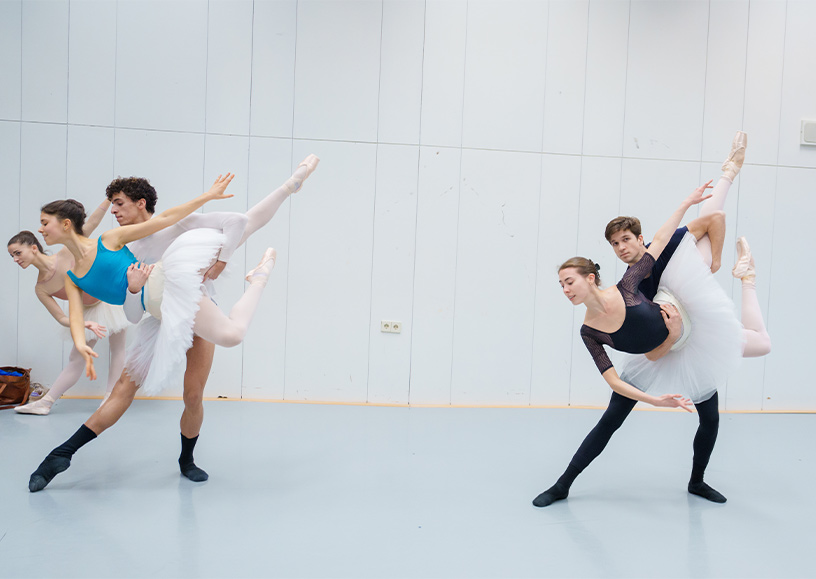
Promise
In 2019, Sedrig Verwoert made his debut with Dutch National Ballet, creating a solo for the Junior Company. Now, in the position of Young Creative Associate, he is making another piece for the youngest dancers of the company, for the first time in three years. In this brand-new work, Verwoert wants to emphasise the maturity of the Junior Company talents, rather than their light-heartedness and youthful character. His Promise is a powerful and very physical dialogue between a male and a female dancer, full of dynamic partnering and pointe work. In the eight-minute duet, Verwoert challenges the young dancers to bring out the maturity in themselves and each other, and to search for the balance between freedom and responsibility that is necessary for this.
As the musical basis for Promise, Verwoert chose Movement 6 from the album Promises, made by the American jazz saxophonist Pharoah Sanders, together with the British composer and musician Floating Points. Following the tribute paid by Verwoert to composer Julius Eastman in his Do All Dogs Go To Heaven?, in January 2022, by using this work by Sanders he is once again introducing an under-represented black artist to the Dutch dance audiences.
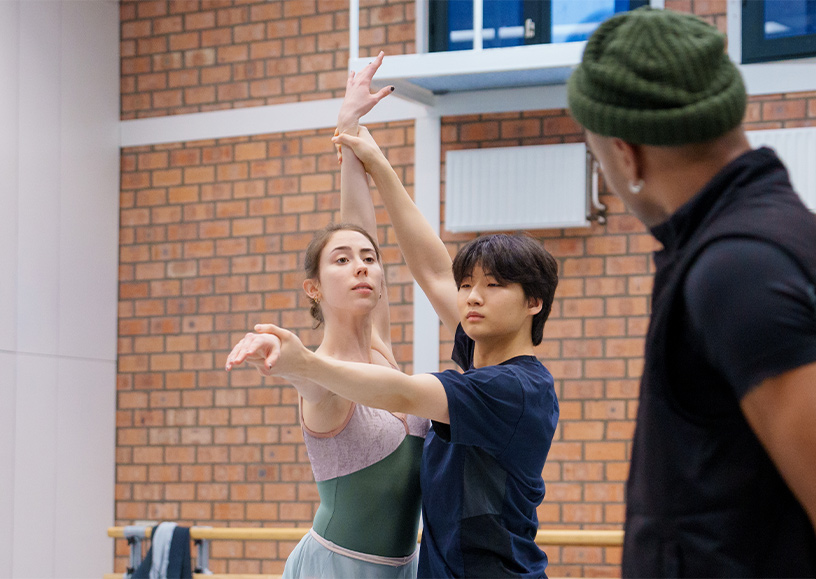
Blink
The Spanish choreographer Juanjo Arqués created Blink in 2015 especially for the Dutch National Ballet’s Junior Company. At the time, his aim was to create a work that was geared towards the young dancers’ stage of life, which would therefore suit the group really well. The extent to which he succeeded is demonstrated by the fact that the ballet has since been performed by junior companies all over the world and that it is now part of a programme by Dutch National Ballet’s Junior Company for the third time.
Blink is a light, fresh and theatrical ballet about adolescence and everything involved in it. In three sections – a series of athletic solos, an intimate duet and a dynamic group section – Arqués spotlights various aspects of this formative period, including new encounters, boundless energy, first romantic experiences, naivety, exaggerated emotions and discovering your own identity. Set to the first part of Max Richter’s recomposition of Vivaldi’s The Four Seasons – the aptly named Spring – Blink is a cheerful and affectionate reflection on what it means to be a young adult.
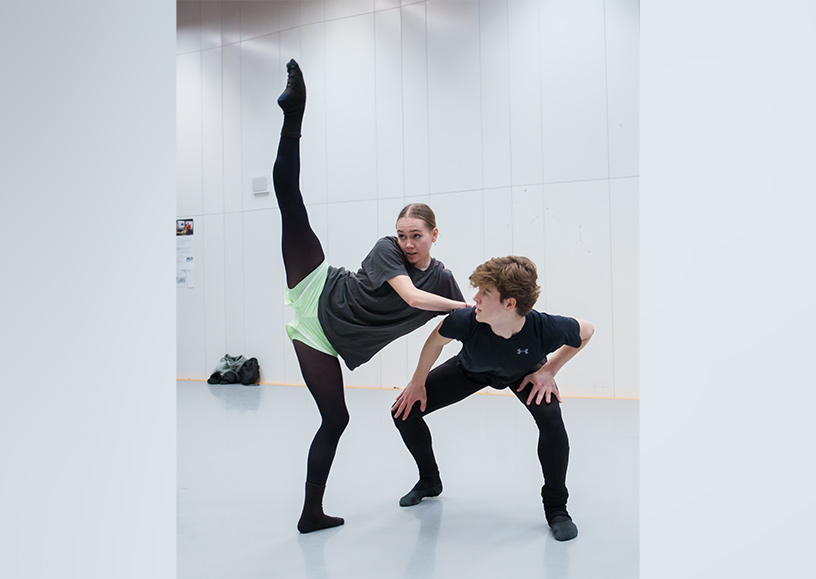
nosotros
nosotros. This title was not quite the first one that Wubkje Kuindersma came up with for her new ballet, but it was very close. “What I really like about this Spanish word is that it seems to be a contraction of we (nos) and the others (otros).” Although her ballet is not narrative, Kuindersma did take inspiration from various themes during the creative process. nosotros, created for eleven Junior Company dancers, is about the strong mutual bonds between a group of people. It is about we and the other, and how the two are ultimately interchangeable – “we are the other, and the other is us” – but also about the different sides contained in each individual.
In the work, Kuindersma uses shadows and echoes, which can represent the other, but also a part of ourselves. And, she says, “Where there’s shadow, there’s automatically light as well”. In addition, she consciously plays with gender equality, for example by having not just the women, but also one of the men dance on pointe.
nosotros is set to several compositions that are all linked to Bach, whose music Kuindersma often heard in her youth. She is fascinated by the clear structures, the beautiful melodies and the enormous verve of Bach’s compositions. “I’m sure I’ll often use his music in the future, but for nosotros I’ve deliberately chosen less well-known variations on Bach.”
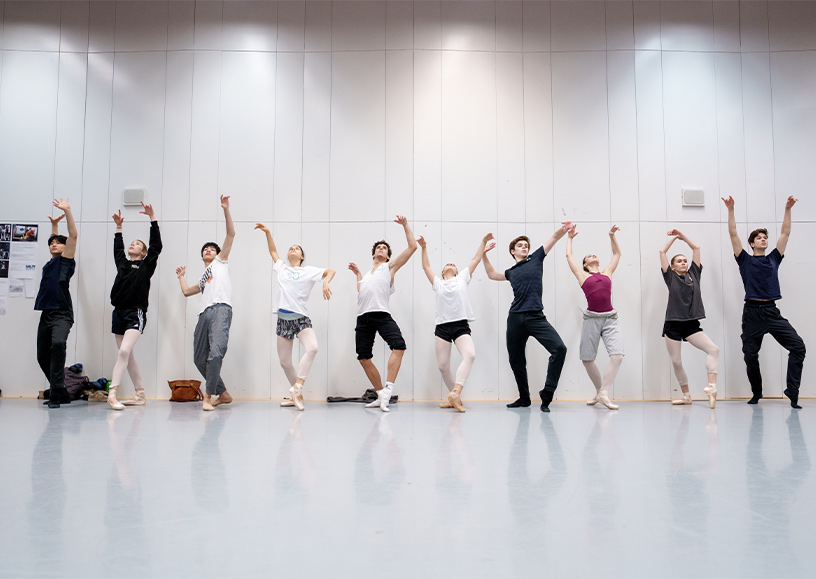
Remembrance
The human body today, and the human body around 200,000 years ago. The 24-year-old choreographer Joshua Junker came to the realisation that there is intrinsically little difference between the two bodies, as they are made up of practically identical biological and chemical processes. The societies in which these bodies function, however, could not be more different. What sort of challenges does that pose for mankind in today’s society? How do you deal with your ‘primal body’ in a world full of technological innovations?
In Remembrance, Junker involves the audience in the physical development undergone by mankind throughout history, in which a role is played by outside influences as well as the return to our individual world of experience. Rhythmic group sections, instinctive pas de deux and a variety of solos alternate, set to a driving percussion piece by Hidden Orchestra, and Remembrance by the ensemble Balmorhea – combined especially for Junker’s work with a new composition by DJ Bas Ibellini. In a powerful interplay of impulse and relaxation, and running and braking, twelve Junior Company dancers show how they (re)discover the primeval relationship with their own body.
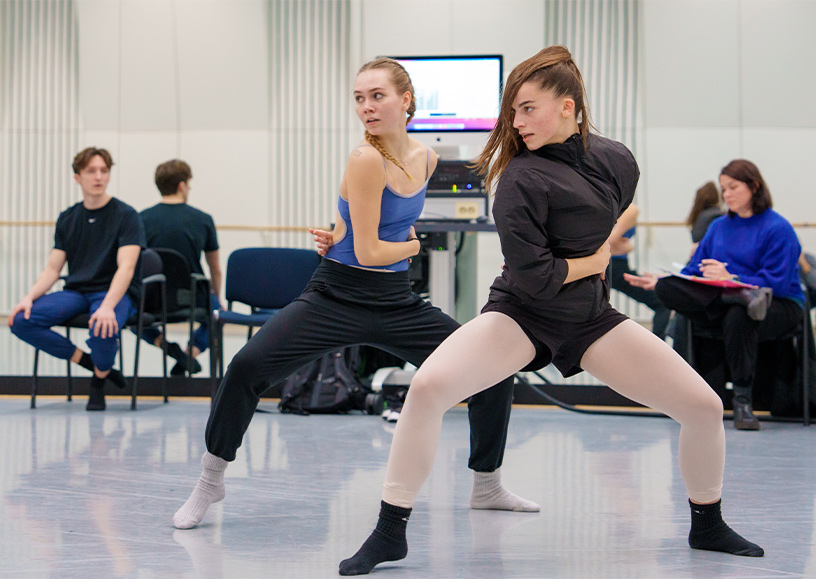
programmaboek
